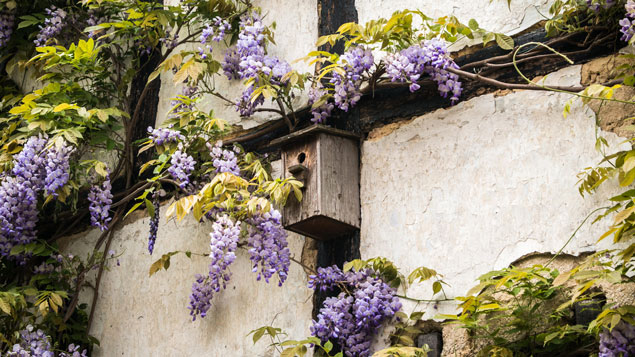As a child living in rural Mississippi, I dearly loved the feeling of walking to Gaines Creek through a “cathedral” of overhanging trees and vines. This time of year, many of us enjoy admiring and smelling the flowering climbing vines that seem to be in full bloom everywhere.
While lovely, these vines can create a love-hate situation and should be well considered before being placed close to structures. Some vines are well behaved and lend a garden traditional, romantic flair. Others may cause trouble and consternation once that beautifully growing and flowering vine wreaks havoc on the stonework, brick, wood or metal structure on which it’s climbing.
As with any new plant, select a climber for your garden carefully and make sure to ask the following questions:
- What are the plant’s needs location-wise? Does it do best in full sun, partial sun, shade, etc.?
- Does the vine need a lot of water, or can it tolerate dry conditions?
- Will the plant’s “feet” or roots invade the structure on which it’s growing?
- Can you install a trellis 4-6 inches from the structure so the plant has a framework to cling to without causing problems to your building?
- What native vines might give you a good effect without becoming a nuisance?
- Does the vine have thorns? This might not be a great idea if you cannot control its growth and it’s planted too close to walkways.
Here are some examples of common climbing vines and their pros and cons:
- Wisteria: Southerners have loved and hated wisteria for many decades. While beautiful, it is a “thug” when it grows out of bounds and can weigh so heavily on a structure that it becomes a real problem. There are several varieties available, and the least problematic is American wisteria. It is difficult to find locally but available through a mail-order nursery.
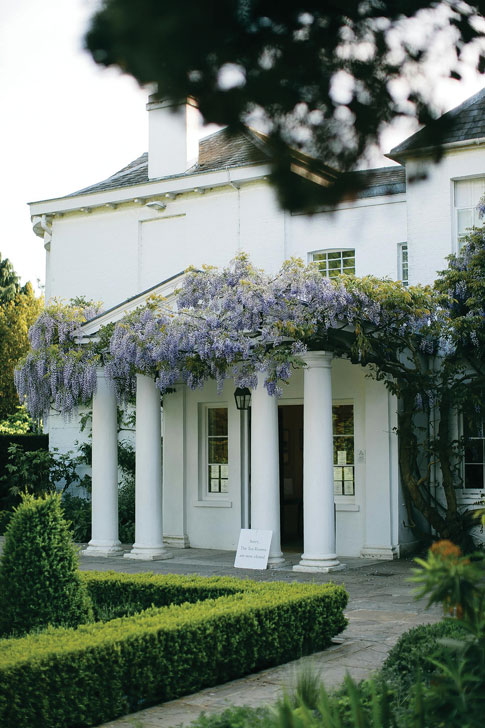
- Lady Banks rose: This plant comes in yellow and white. It also now has thorns and is considered an heirloom rose. It will grow on a pergola and behave itself. These often can be found on older homesteads and can be propagated through cuttings.
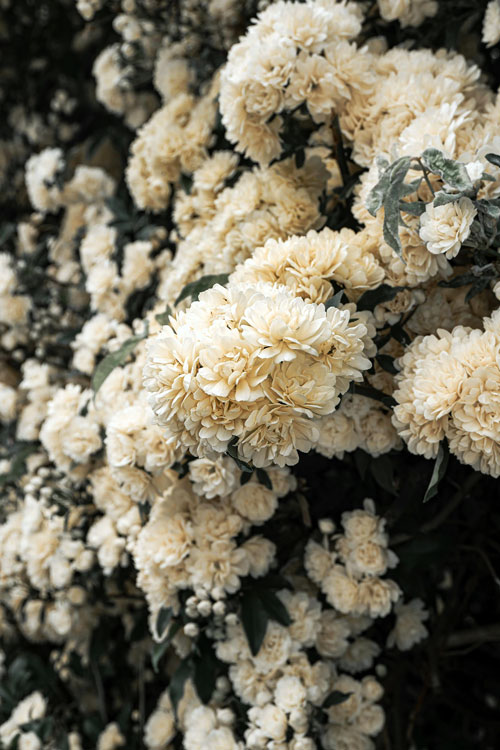
- Carolina Jasmine: This beautiful native vine is evergreen and tends to be aggressive. It will overtake whatever it’s growing next to, even trees.
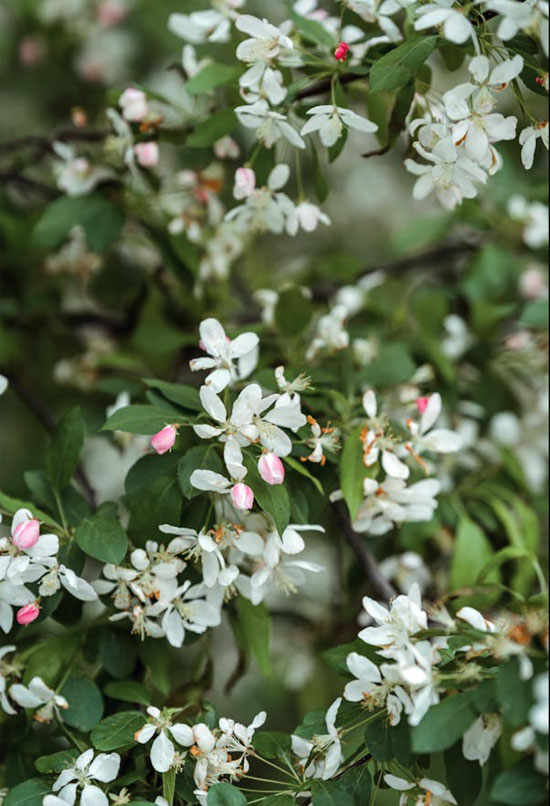
- Red honeysuckle: This is another wonderful native vine. It’s loved by pollinators and gardeners alike.
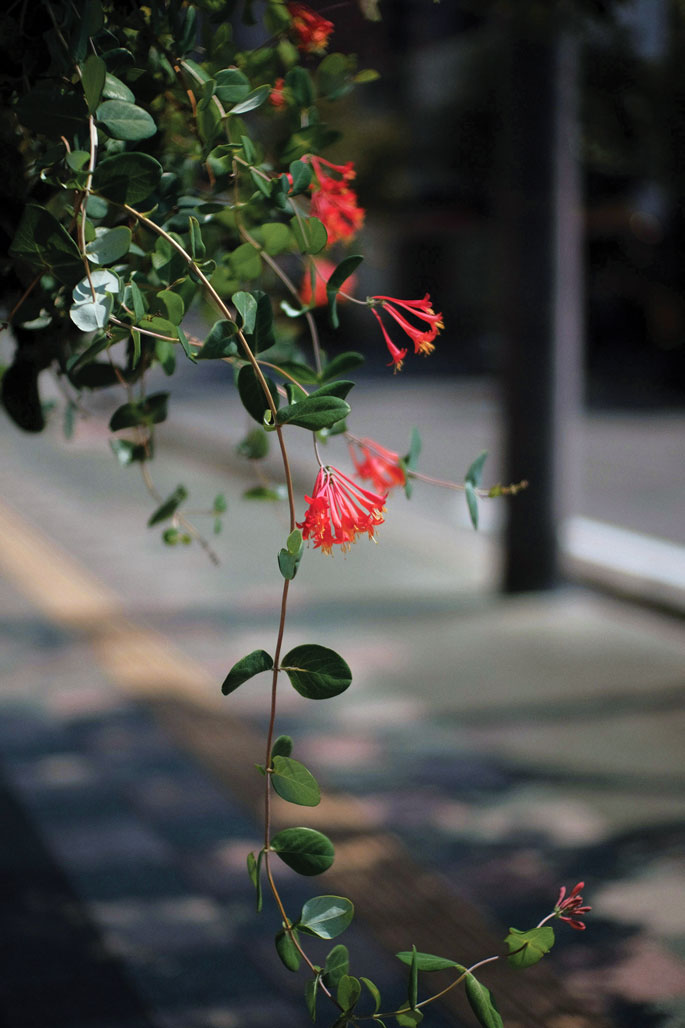
- Confederate jasmine: This type of jasmine is more sedate and slower growing. Attached to a structure, it will tolerate cold into the 20s and possibly lower.
- Asiatic jasmine: This is a lovely looking ground cover but will overtake your lawn, your flower beds and even your house if given a chance. Cut it back yearly to control growth.
Although there are many beautiful natives and cultivated climbers, be mindful of their eventual size before planting.


